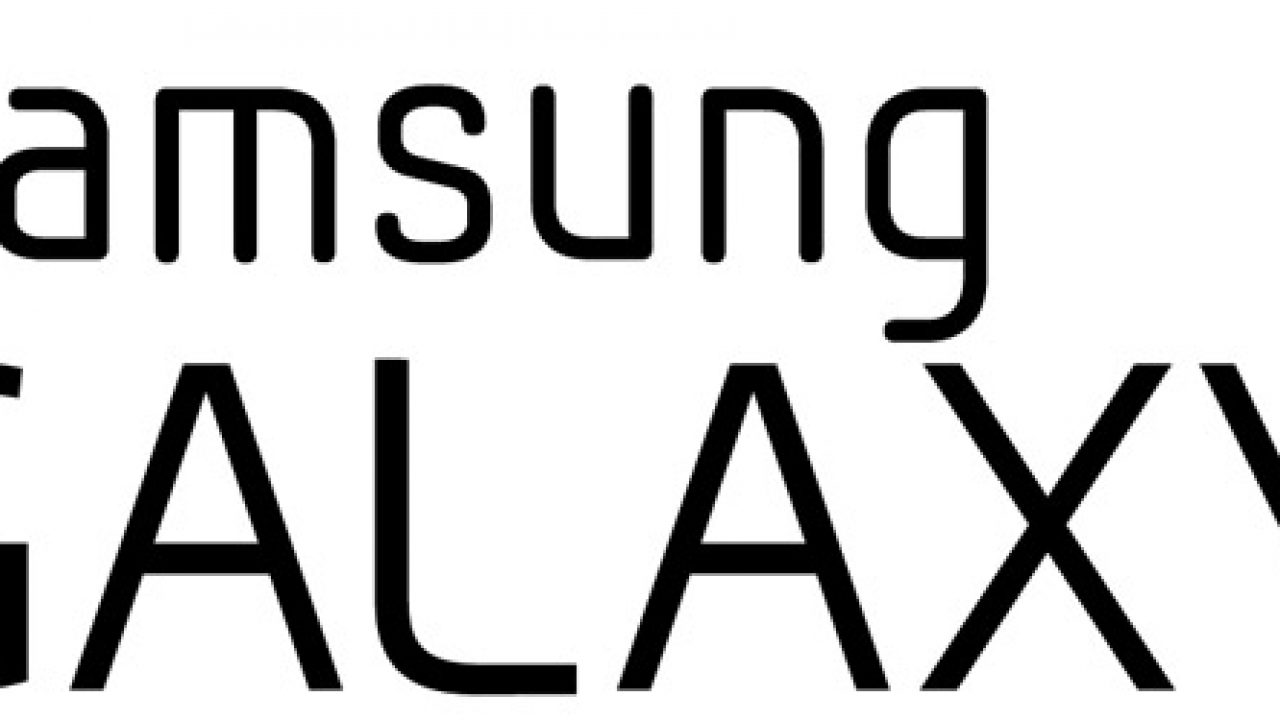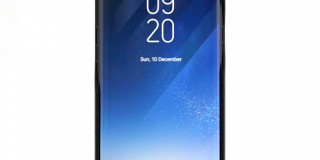How To Solve Galaxy S8 Problems With Touch Screen

With just a few physical buttons and the majority of the supported commands being operated through taps, the touch screen is one of the most solicited components of your Samsung Galaxy S8 or Samsung Galaxy S8+ Plus. The more you use it, the more you can expect to worn it out or deal with particular problems, sooner or later. Have you noticed that the screen no longer responds to your taps as fast as it used to? Or that some areas of the display are more responsive than others? Are there any particular areas of the screen that completely stopped responding to your touch?
It could be a hardware issue, a physical problem with the display of the Samsung Galaxy S8 or Samsung Galaxy S8+ Plus. It doesn’t have to make your screen completely nonfunctional but suffices to give you reactions like the ones described above. Some users even noticed that the display is working poorly when actioned in its lower area. A short-term fix for them was to place their icons or frequently used apps on the first half of the screen, to avoid using the less responsive half.
But the truth is that you cannot and you should not ignore the real cause of the problem. If you’ve been using your phone for a while, you can suspect a simple deterioration of the screen. If it’s a new device, it might have suffered some damages during the delivery. And for any other context, there is also the possibility that the device encountered some software glitches or bugs. In some cases, the latest software update for your Samsung Galaxy S8 or Samsung Galaxy S8+ Plus might solve the display issues.
If not, we have a couple of solutions to show you and one of them might easily get the display back to its normal functioning mode.
#1 – Factory reset the phone
A great solution to all the problems in the universe of your Samsung smartphone, the factory reset will bring the phone to its initial settings. Whatever happened with its software in the meantime, bringing it to the factory defaults should also reset those problems and give you a perfectly functional phone:
- Go to Settings;
- Tap on User & Backup;
- Select Backup & Reset;
- Tap on the Factory Data Reset option.
It is almost obvious, but we should say that the factory reset will delete everything from the phone. Back up your most important files before doing anything like that. With the backup in place and after following the four steps from above, you’ll have to make a final confirmation that you want to delete everything. Wait for the process to finish and then reboot the phone. Here is the comprehensive guide with all the necessary steps provided in detail – how to clear the cache on a Galaxy S8.
#2 – Clear the cache of the system
This probable solution can work when you do not really want to start your device from scratch. If you hold down the Volume Button long enough, you will get to a special menu where you can choose to wipe the cache partition of the entire smartphone. The detailed guide on how to clear the cache on Galaxy S8/S8 Plus is here and coming up next are the general steps:
- Power off the phone;
- Tap and hold the Power, Home, and Volume Up buttons;
- When the Android logo shows up and the phone vibrates, let go of the Power button;
- When you see the Samsung Galaxy S8 text on the screen you can release the buttons;
- Navigate to the Wipe Cache Partition option with the Volume down key;
- Start the process with a tap on the Power button;
- Confirm by selecting the Yes menu;
- Wait for it to wipe the cache;
- Use the Reboot system now option;
- And restart the device with one final tap on the Power button.
Now that it restarted with a clear cache, the Samsung Galaxy S8 or Samsung Galaxy S8+ display might work just fine.
#3 – Hard reset the device
This is about wiping everything you currently have on the phone, data, apps, and settings included. Back up whatever you want to keep, from the Settings menu, under the Backup & Reset submenu. When you’re ready to delete it all, read this guide with instructions on the hard reset of Samsung Galaxy S8. It will help you better understand the following steps:
- Turn off the phone;
- Press and hold the Home, Power, and Volume Up buttons;
- Release them when you see the Samsung logo and you have entered the Recovery Mode;
- Use the Volume buttons to navigate and the Power button to initiate the:
- Wipe Data/Factory Reset first – confirm with Yes – delete all user data;
- Reboot System Now second – after the factory reset finished.
#4 – Take out the SIM
If you did the entire above but your Samsung Galaxy S8 or S8+ Plus display is not particularly responsive, the only thing you can do before taking it into service is to remove the SIM card. Take it out and then, after a few minutes, put it back in. To some users, this was the miraculous solution when nothing else seemed to work!
















